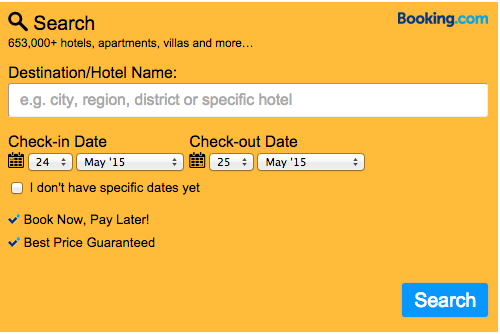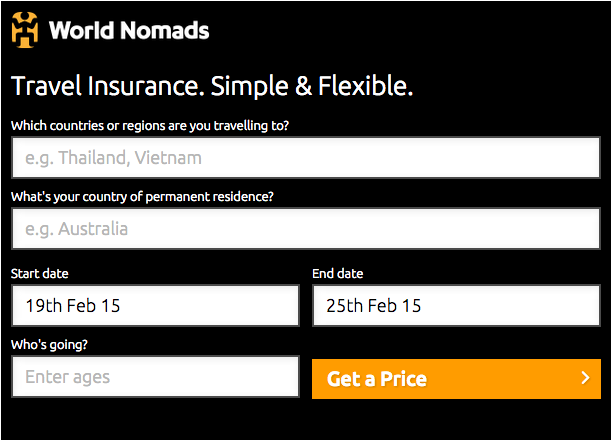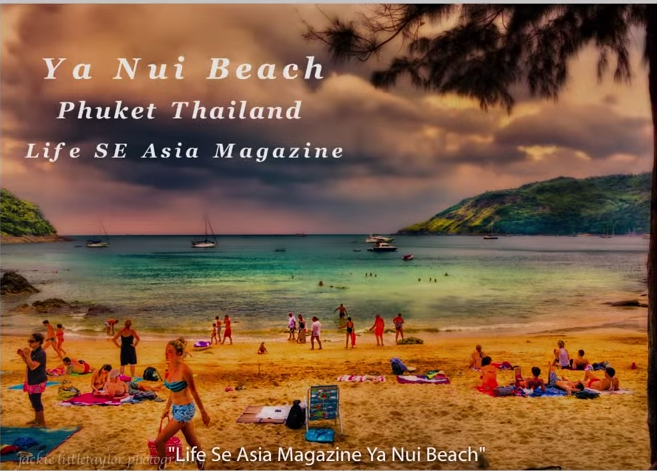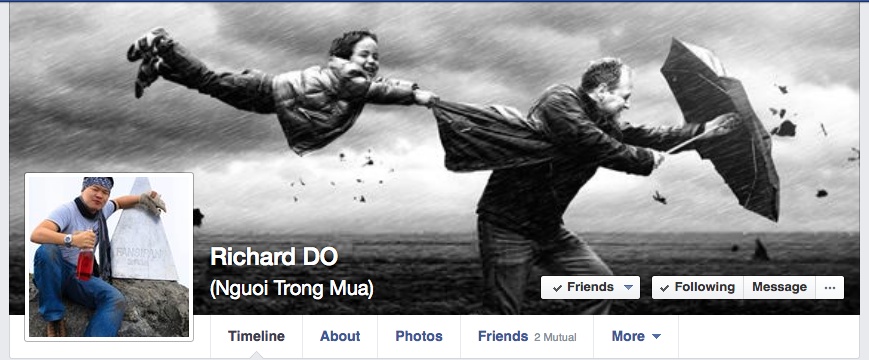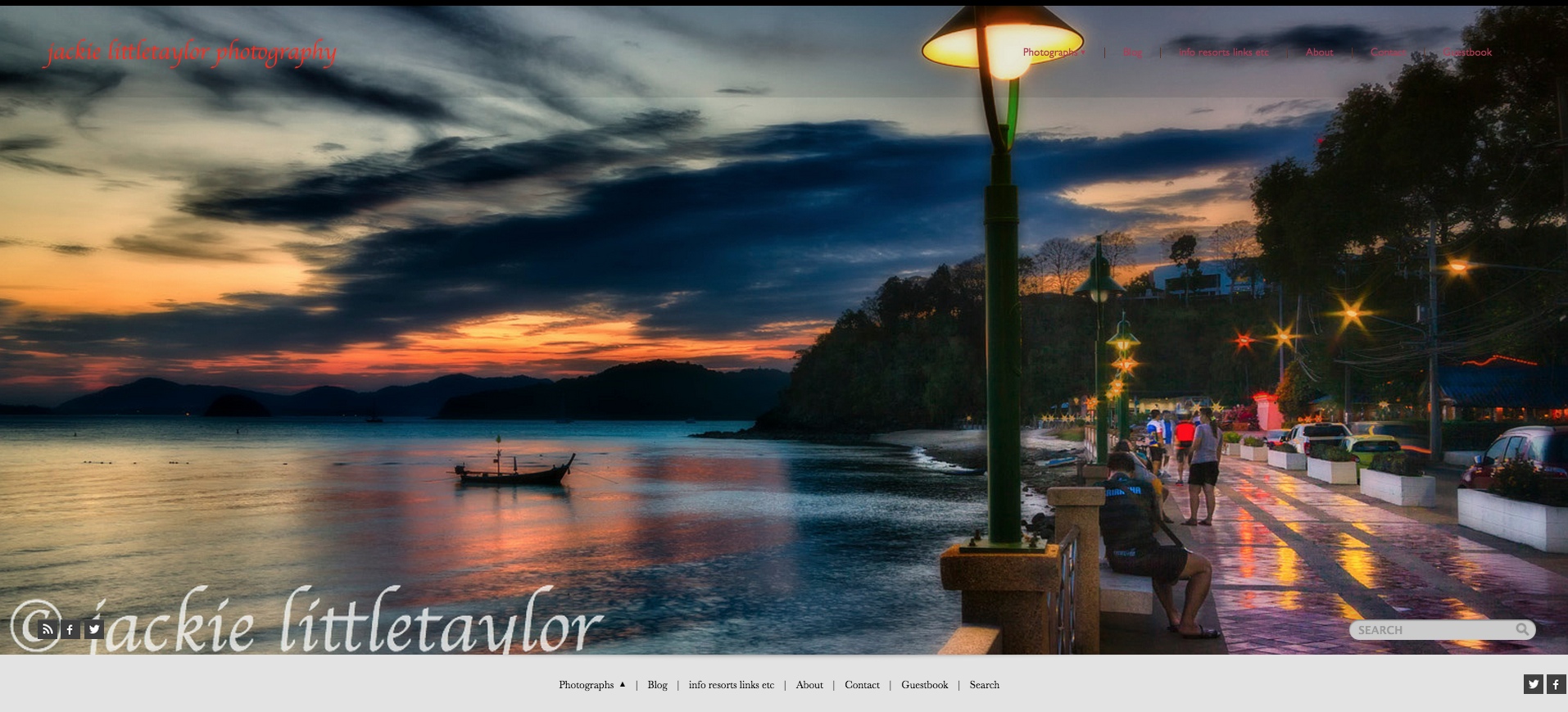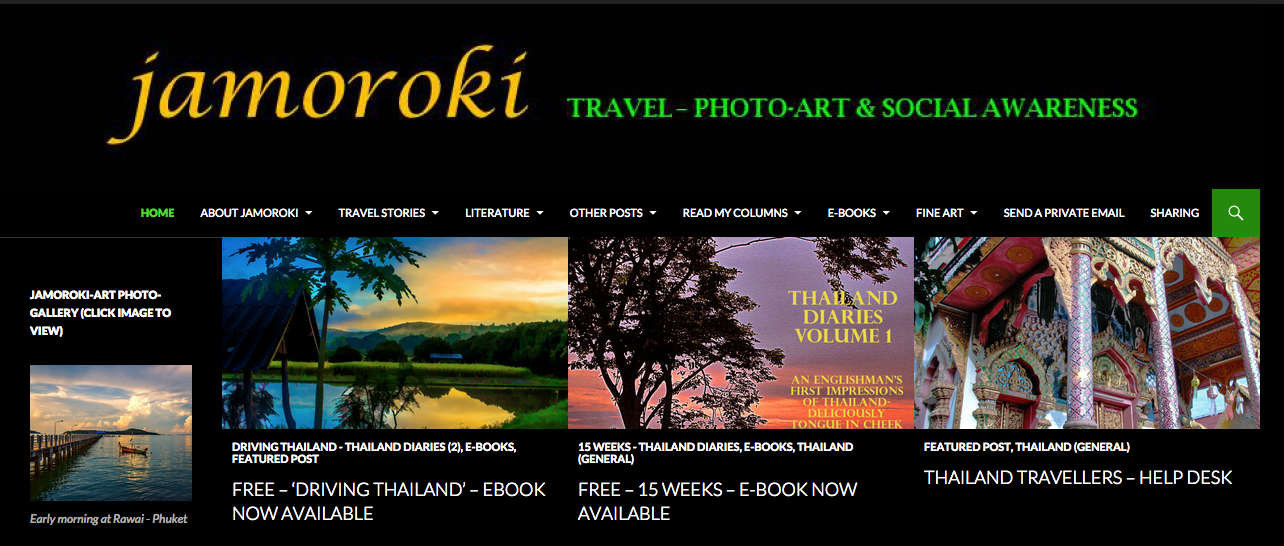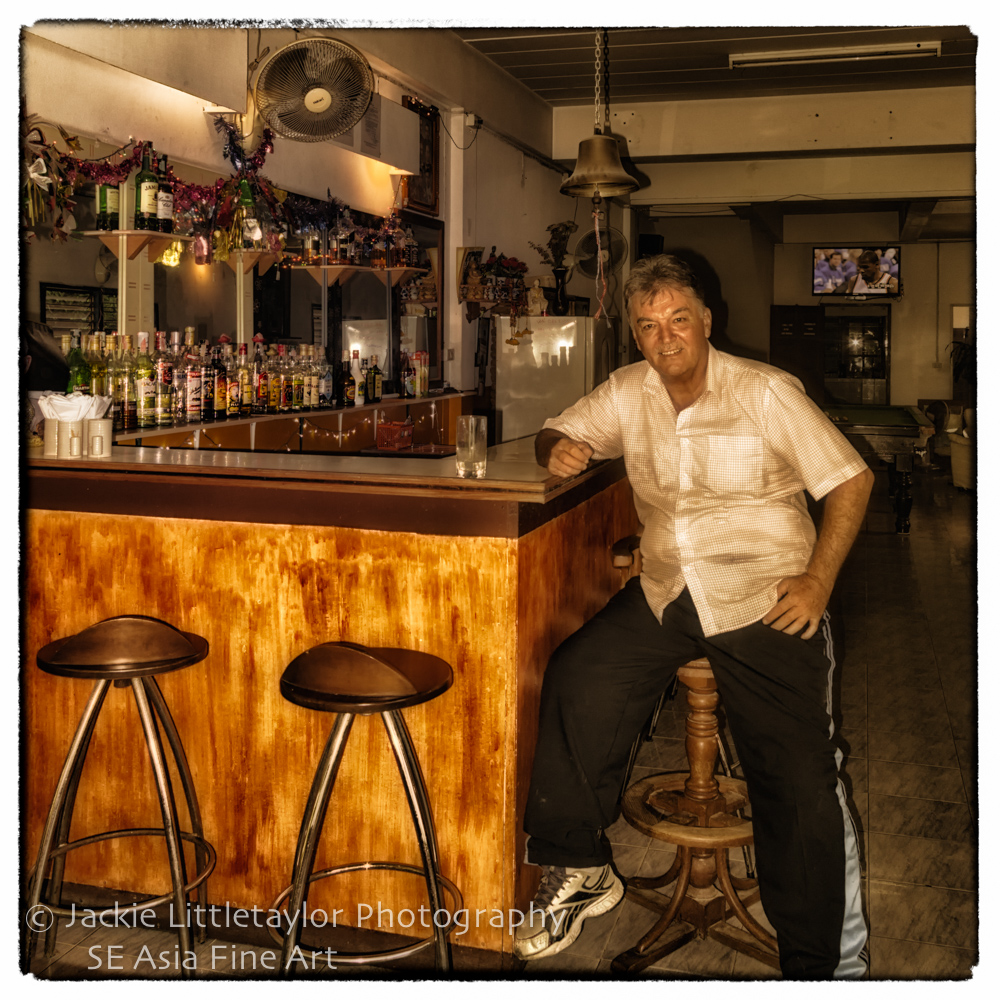General Visa Information
we are not lawyers and this is just general information on getting a visa , types, and what is required. Check with you Country Embassy for more information.
Source official government page Its more Fun in the Philippines
ENTRY REGULATIONS
Starting August 1, 2013, nationals from 151 countries may enter the Philippines without a visa and stay for a maximum of thirty (30) days, provided they are holders of a passport valid at least six (6) months beyond the period of stay in the Philippines, and present a return or outward bound ticket to their country of origin or to a next country of destination.
Pursuant to the Bureau of Immigration’s Memorandum Circular No. RADJR-2013-006.
For the list of 151 countries, please click here.
Chinese Nationals, including citizens for Hong Kong and Taiwan, will need a special permit.
NOTES:
- For passport holders who are allowed visa-free entry for a stay of up to 30 days: a visa is required for a stay exceeding 30 days.
HEALTH REGULATIONS
The Philippines is fortunate to be free from epidemics. The country remains safe from bird flu and foot-and-mouth diseases.
If you’re coming from an area where yellow fever has been reported, you’ll need a certificate of vaccination.
For more information, visit http://www.doh.gov.ph/
We recommend having Travel Insurance
CUSTOMS
Before leaving the plane, you will be asked to fill out the Baggage Declaration Form.
The following items are allowed duty-free:
A reasonable quantity of personal clothes, jewelry, and toiletries
Two cartons of cigarettes or two tins of pipe tobacco
Up to two (2) liters of alcohol
The following items are prohibited:
Firearms
Dangerous drugs
Narcotics
Pornographic materials
The following items are regulated:
Transceivers
DVDs and VCDs
Controlled chemicals/substances/precursors
The following items are restricted and require prior import permits and health, sanitary or phytosanitary certificates:
Foreign agricultural products, such as animals, plants, wildlife
Their products and by-products, such as meat, eggs, fruit
Endangered species
“Balikbayans” have separate rules and should check with the Embassy or Consulate in their current residence.
FOREIGN EXCHANGE REGULATIONS
It is illegal for any incoming or outgoing passenger to bring in or take out Philippine Pesos in excess of P10,000.00 without prior authority from the Bangko Sentral ng Pilipinas.
Any violation of this rule may lead to the money’s seizure and civil penalties and/or criminal prosecution. (BSP Circular 98-1995)
The transportation of foreign currency or monetary instruments is legal. However, the carrying of foreign currency in excess of US$10,000.00 or its equivalent in other foreign currencies must be declared to a Customs Officer or the Bangko Sentral ng Pilipinas.
Violation of this rule may lead to seizure and sanctions, fines and / or penalties.
For more information about Bureau of Customs Passengers Guidelines, visit http://www.customs.gov.ph/bustravel.php
U.S. Citizens planning to enter and visit the Philippines for 30 days or less do not need a visa prior to travel to the Philippines, provided their passport is valid for at least 6 months in the Philippines at the (BI), Magallanes Drive, Port Area, Intramuros, Manila, (63-2) 465-2400. Limited services are also available from numerous BI sub-ports in these throughout the Philippines. stay)Source
for work or long term stay go to Bureau of Immigration
Marriage, Work, Student, Extension of Stay, etc
Source US Embassy in Manila
Introduction
U.S. Citizens planning to enter and visit the Philippines for 30 days or less do not need a visa prior to travel to the Philippines, provided their passport is valid for at least 6 months and they have a valid return ticket. However, in excess of 30 days, U.S. citizens must either apply for a visa at the nearest Philippine Consular Establishments in the US prior to travel or upon arrival in the Philippines at the Bureau of Immigration(BI), Magallanes Drive, Port Area, Intramuros, Manila, (63-2) 465-2400. Limited services are also available from numerous BI sub-ports in these cities throughout the Philippines. stay)
- Non-immigrants
- Tourist Visa
- Treaty Traders/Investors
- Pre-arranged Employment
- Student Visa
- Seamen
- Extending Non-immigrant Visas
- Immigrants
Source
for work or long term stay go to Bureau of Immigration
Marriage, Work, Student, Extension of Stay, etc
Source US Embassy in Manila
Introduction
- Quota Immigrants
- Non-Quota Immigrants
- Marriage
- Returning Resident
- Returning former Philippine Citizen
- Balikbayan Status (former Philippine citizens)
- Special Investor/Retiree’s Resident Visa
- Alien Certificate of Registration (ACR) (for 30+ day stay)
- Exit Permits
. 59 days - 6 months Tourist
. 6 months - 1 year Tourist
. Permanent Residents
Currency and ATM Credit Cards
The Philippine peso, symbolised locally and throughout our Philippines guides as ₱ and internationally as PHP is the official currency and in almost all cases the only currency recognised for normal transactions. The only other currency that would be recognised in rare cases would be the US dollar, which is typically used in duty free outlets, internet transactions and overseas travel products sold in the Philippines.
Peso bills come in denominations of 20, 50, 100, 200, 500 and 1000. One peso is equivalent to 100 centavos and coins come in 5, 10 and 25 centavo variants in addition to the 1, 5 and 10 peso coins. There are 2 versions of each bill with the newer version in circulation since December 2010 (albeit it is still rare to have them). The newer notes have similar colours to their old counterparts, have the same people at the front (Except for the 500-peso note which also features former President Aquino) but rather than historical sites at the back, these newer notes feature Filipino natural wonders and species unique to the country. The older notes will remain legal tender until 2013.
Money changers are not so common in the Philippines outside some heavily touristed areas. A rule of thumb: the more currency you wish to exchange, the more favourable the rates can be. Banks on the other hand are widely available to exchange currency but usually impose a minimum amount (usually around US$100) and have limited hours of operation, usually 09:00-15:00 on weekdays. The notable exceptions areBank of the Philippine Islands (BPI) and Banco De Oro (BDO) which have longer hours of operation. Don’t exchange money in stalls along the streets as some of them might be exchanging your money for counterfeit money, contact Bangko Sentral ng Pilipinas (Central Bank of the Philippines) if you suspect the money you’ve been given to be counterfeit. Money changers do exist at department stores, supermarkets and hotels but needless to say the rates are highly unfavourable to the customers and some will only exchange into ₱. If you need to change back into foreign currency, you need to fill-out paperwork and can only exchange in certain denominations (usually $100, €100, £100).
Be aware that no person is allowed to enter or leave the Philippines carrying more than ₱10,000 of coins and banknotes without prior authorisation by Bangko Sentral ng Pilipinas. Those who have not gained prior authorisation will have to declare the excess money at the customs desk. However bringing-in any amount in foreign currency is legal but anything in excess of USD10,000 (or its equivalent) must be declared.
ATMs and credit cards
Visitors can also use the 6,000 ATMs nationwide to withdraw funds or ask for cash advances. The three major local ATM consortia are BancNet, MegaLink and Expressnet. International networks, like PLUS and Cirrus, are accessible with many ATMs, however Cirrus is more predominant than PLUS; however, withdrawals are often limited to 5,000 pesos. Citibank and HSBC ATMs in Manila and Cebu let you take out P25,000 to P40,000 per transaction. Visitors who have a MasterCard/Maestro/Cirrus cards can withdraw funds or ask for cash advances at ATMs that display their logos. The most prominent MasterCard ATMs are the Express Tellers by BPI (Bank of the Philippine Islands) and the Smartellers by Banco de Oro. PLUS ATMs are not available locally as a complement by itself, but instead it is available along with Cirrus. Prominent examples include the Fasteller by Equitable PCI Bank and the Electronic Teller (ET) by Metrobank. Most MegaLink ATMs are linked to PLUS and Cirrus.
Credit (and debit) card holders can use VISA, MasterCard, American Express and JCB cards in many commercial locations in the Philippines but merchants would usually require a minimum purchase amount before you can use your card. Cardholders of China UnionPay credit cards can get cash advances at many BancNet ATMs (particularly of Metrobank) but cannot use their cards in point of sale transactions at the moment. Most credit card machines in stores are capable of reading chip-and-pin cards and you should be to enter your PIN to process a transaction just as you do in your home country. However because entering a PIN is not yet a norm in most locally-issued credit cards, merchants may nonetheless also require your signature on the transaction slip. Credit cards are generally not accepted for government-related transactions.
In 2010, Philippine banks started to charge ₱200 per transaction for using foreign cards in their ATM machines, in addition to cash withdrawal and exchange fees already imposed by your bank. Notable exception is HSBC [70], which does not charge (January 2014) this fee; however, their ATMs are available only in a few larger cities, and even there don’t count you’ll stumble upon one of them - there’s only one HSBC ATM in the entire Cebu City, for example. Citibank, which reportedly (as late as end of 2012) used to be fee-free, now charges ₱200 in line with the rest of the banks. Considering small transaction limits in many ATMs, this fee easily adds 2-4% to the amount withdrawn - thus, bringing in cash and exchanging it to peso in the bank generally will be cheaper (please be aware though of customs regulations). Check your home bank to see if special arrangements exist to lower withdrawal fees imposed by foreign banks.
Tip
MONEY CHANGERS
Money changers in the city offer better rates than those at the airport and hotels. A tip is to change only as much as you’ll be needing for transportation, then change the rest when you reach the city center. Bring large bills! You’ll get a better rate for a $100 bill than you will for five $20 bills.
Westen Union Philippines
Send money to Philippines with westernunion.com
Mabuhay! Family and friends are important anytime of the year. Western Union makes sending money to the Philippines fast and easy. You can send pesos or US dollars anywhere in the Philippines — from Manila, Cebu, and Pampanga, to Cavite and Bulucan. Price your transaction here.* Starting at $1 fee* to send up to $10.
It’s fast. Your family and friends can pick up the money in minutes** at any of our more than 8,600 Western Union® agent locations in the Philippines. Not all agent locations carry US dollars, so please check availability.
It’s convenient. Whether you’re online or on the go, we make it easy and convenient for you to send money. Use our four-star rated mobile app on your Android®, iPhone®, or iPad® to send money today.
It’s easy. Send money online in a few simple steps. You choose how you want to pay—whether it’s through your bank account, debit card, or credit card**. You can also send money directly to your receiver’s bank account.
Communications Internet phones etc
Mobile phone sites are all over the country. We have 2 major mobile connectivity providers (Globe and Smart), plus three to four secondary ones. It’s fairly easy to pick up a new pre-paid SIM card and start texting or calling away. Top-ups are widely available from most anywhere, usually in places with signs saying “LOAD DITO” (top-up here). “Load” is the common term for mobile connectivity credit.
Internet & email services are widely available through most establishments, with more and more offering them for free. Free Wireless Fidelity (WIFI), in particular, is gaining popularity in commercial establishments, especially in Metro Manila and other cities. Just look for the Free WiFi sign on the door.
With a 3G+ network available, your own mobile phone can hook you into the web. Or you could do as most locals do and duck into an internet café. These are to be found in all shapes and sizes all over the country.
Of course, the country is wired with international and national direct dial phone and facsimile service. You can access them in malls, restaurants, hotels, internet cafés, business centers, PLDT, Globetel or Bayan offices.
Aside from the postal system, worldwide express delivery service is available. LBC, FedEx, DHL, 2Go, are just some of the active couriers.
Majority of national dailies are in English. You’ll find foreign publications at major hotels, malls and bookstores in Metro Manila and key cities.
Please comment about your experience and share with us
Travel insurance: simple & flexible
You can buy, extend and claim online, even after you’ve left home. Travel insurance from WorldNomads.com is available to people from over 140 countries. It’s designed for adventurous travellers with cover for overseas medical, evacuation, baggage and a range of adventure sports and activities.






